The Interactive Media Arts Low Residency (IMA Low Res) Master’s Program, jointly offered by NYU Tisch School of the Arts and NYU Shanghai, hosted its “Thesis ’24 Show” on June 20 and 21 at the NYU Shanghai New Bund Campus. This year’s show featured innovative and immersive projects by Class of 2024 from seven countries, highlighting students’ technical skills, artistic vision, and personal insights. The two-day show attracted NYU alumni, broader university community as well as professionals from the design, art, and technology fields.
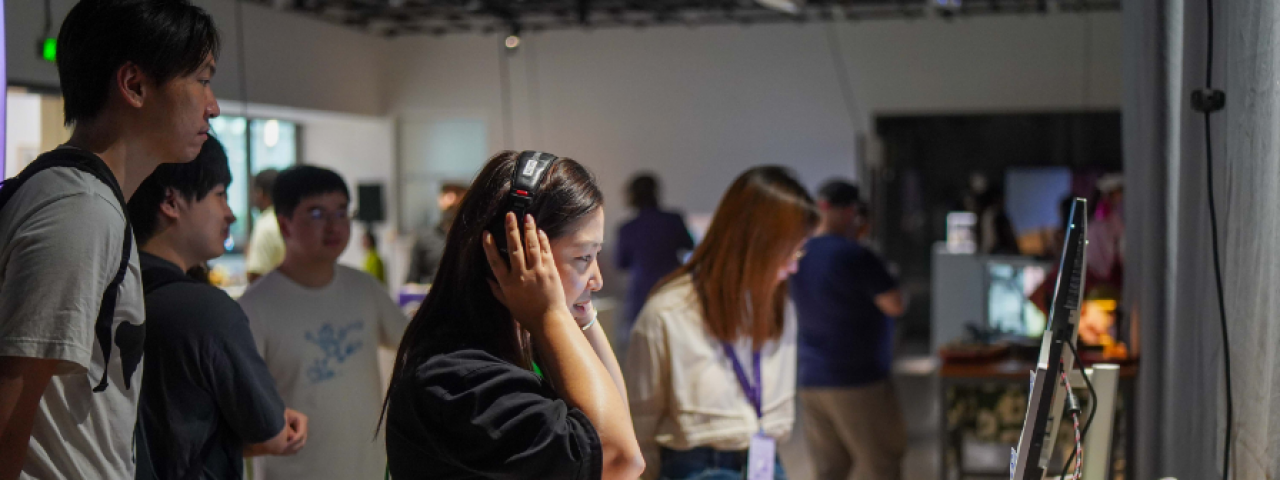
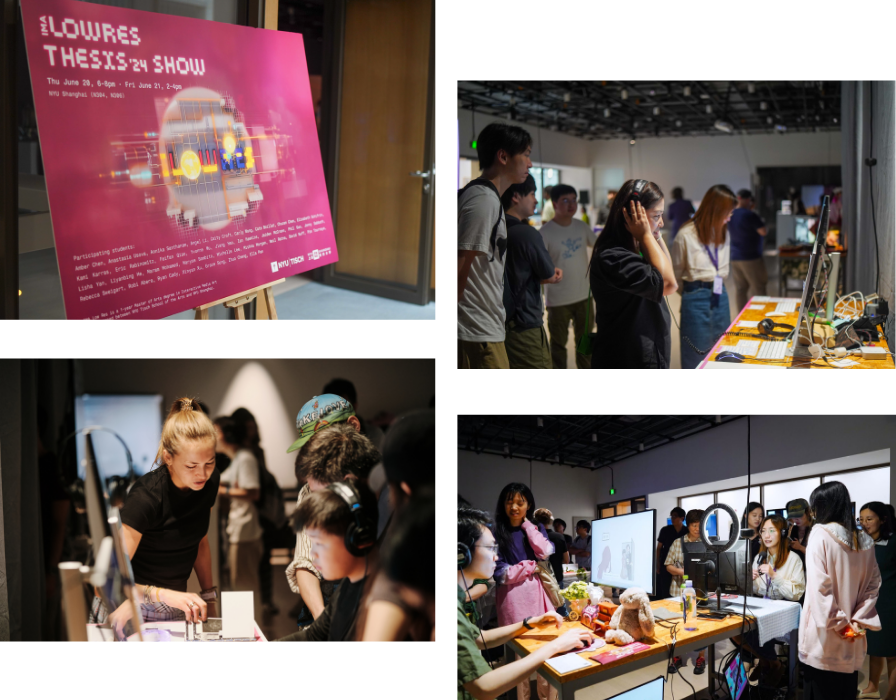
Visitors are experiencing the interactive installations designed by the IMA Low Res Class of 2024.
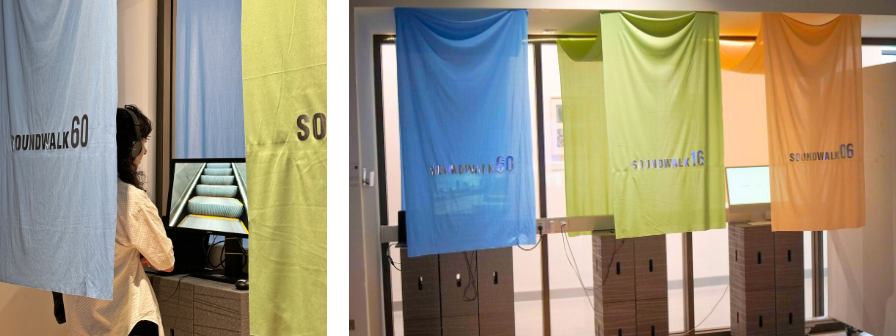
Xinyan Xu’s works The Walks use audio and walking as an invitation for listeners to rediscover, interact with, and forge a personal connection with the urban environment. The Walks are a series of soundwalks, 60, 16, and 06 minutes long, focusing on audio experiences in non-places.
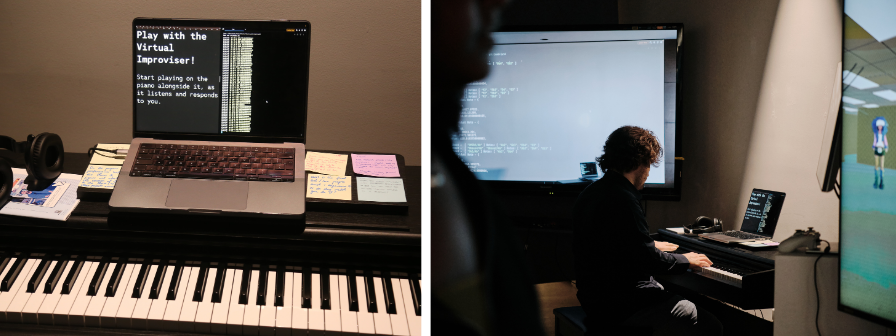
Pim Tournaye’s Improvisational Syntax is a running inquiry into co-creation in Human-Computer Interaction, through the medium of free improvisation. By playing with the dynamics of musical language, human and non-human agency, and transparency, the project uncovers the social conversation to be had with machines.
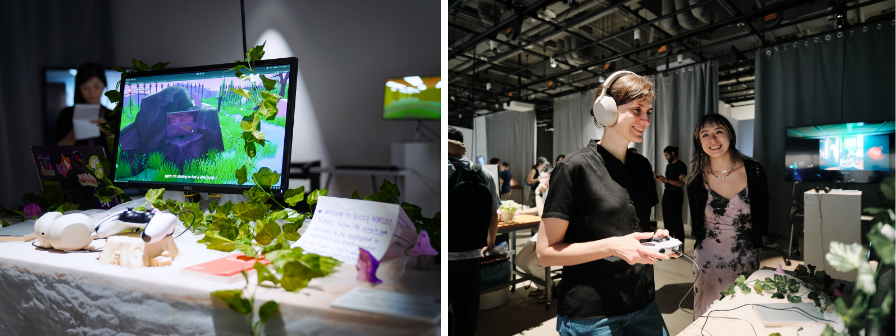
Mishka Morgan’s YUCKY WORLD is an immersive digital experience where players, embodying the “yucky girl”, navigate through a dreamlike content graveyard, created in poetic response to the growing pains and emotional turmoil of a social media-obsessed adolescence.
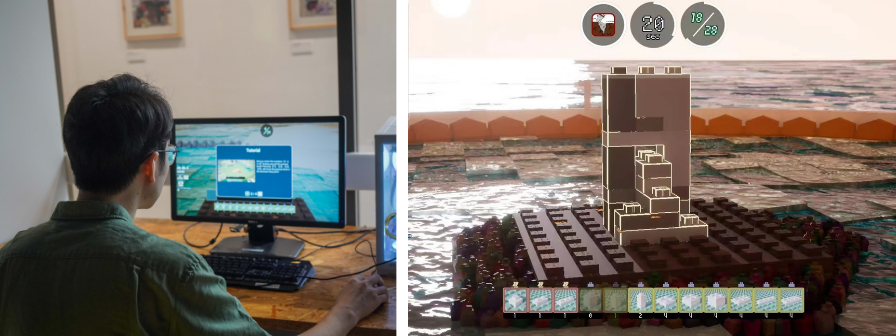
Zhuo Cheng’s project invites people to journey aboard a brave sailing vessel as Floatineer, tasked with building homes atop the ever-shifting waters. Users prepare to explore treacherous realms, facing the fury of nature's wrath. With each block placed, they build resilient havens for diverse inhabitants, each with their own tales to tell.
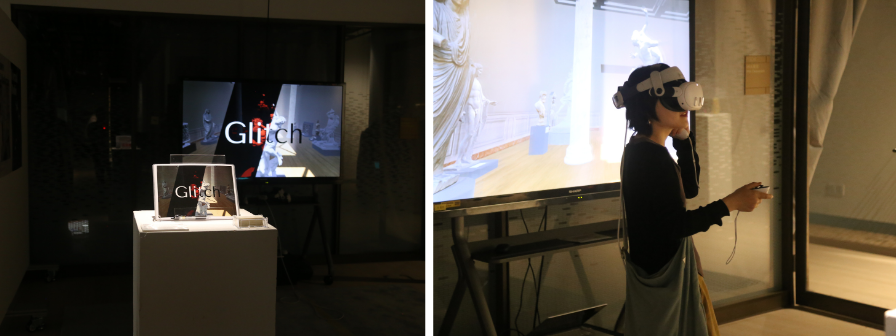
Feifan Qiao’s Glitch is an interactive VR experience that simulates a museum tour to critique misogynistic practices in the cultural industry.
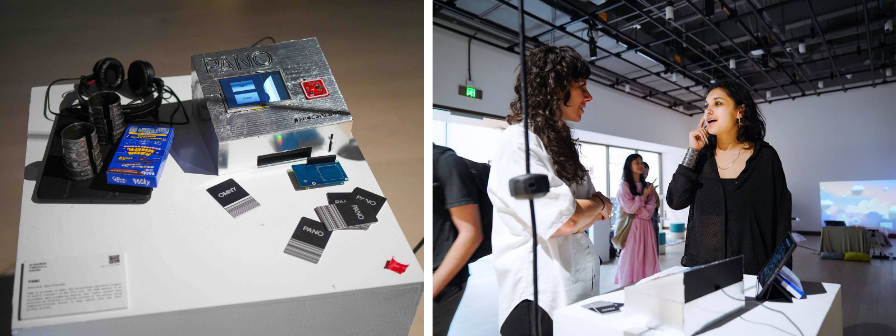
Annika Santhanam’s PANO is an answer to OMNY, the surveillance capitalist manager of public transport in New York City. The PANO machine is an autonomous data-scrambling machine that fights harmful data practices by offering a solution outside of the system, using community-oriented action to keep people safe and their privacy private.
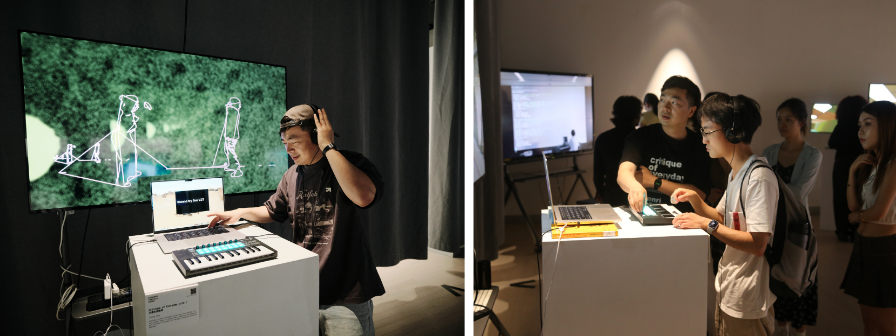
Jiang Hao’s Critique of Everyday Life crafts a visual performance using clips from everyday life, seeking to explore Henri Lefebvre’s philosophical work Critique of Everyday Life through a perceptual narrative approach.
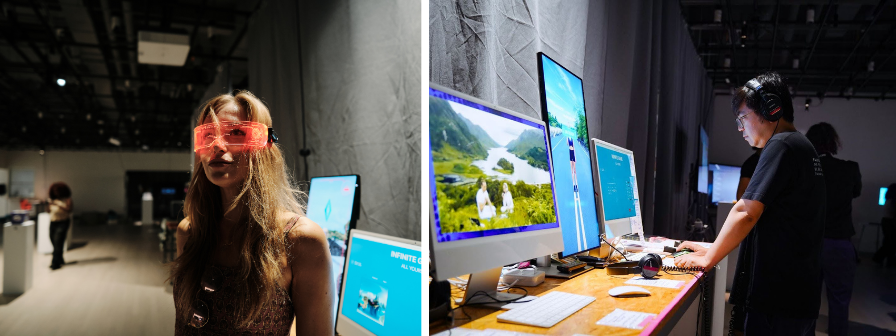
Caity Croft’s The Eternal Game is an evolving transmedia conceptual framework that exists in several forms: (1) a framework and series of tools to design your destiny; (2) a video series prototype imagining what the Spatial User Experience (UX) could look like if The Eternal Game quests were played in Extended Reality; (3) an AI music model you can play and remix, which is generated from my music.
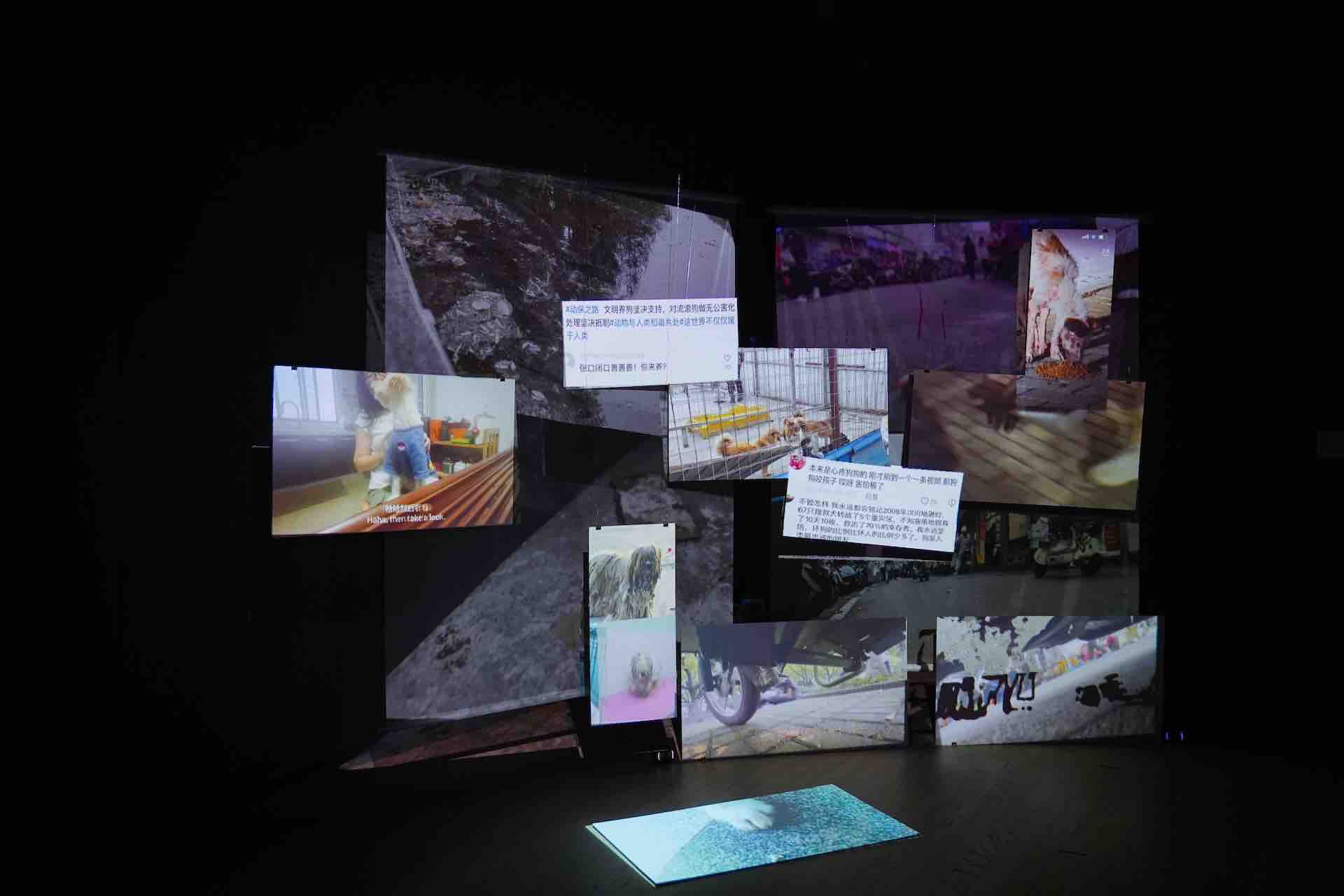
Ella Pan’s Stray is an interactive video installation about the experiences of stray animals living in environments altered by human activities, and discusses the relationship between stray companion animals and human society.
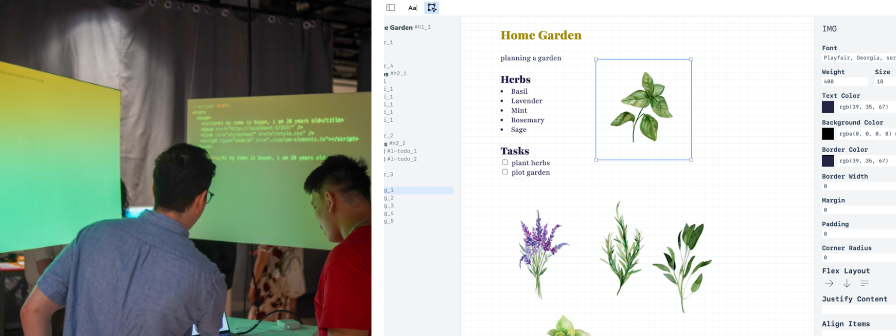
Eric Rabinowitz’s Lentil is a user-friendly multimedia web editing and publishing tool allowing non-technical creators to use the latest web platform capabilities for personal and community-oriented projects.
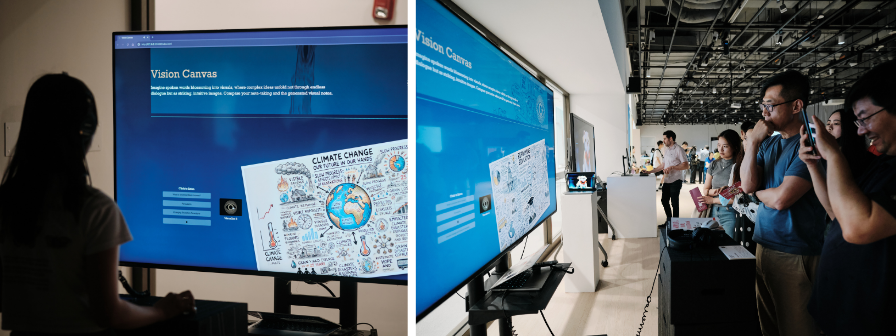
Phil Guo’s Vision Canvas is an AI-driven tool that translates spoken information into real-time visual narratives, simplifying complex ideas for universal understanding. This tool is an experiment for educational settings, corporate meetings, and any scenario requiring clear communication to spark conceptual thinking and co-creation. Vision Canvas fosters engagement, aids memory, and aligns teams by providing a visual common ground.
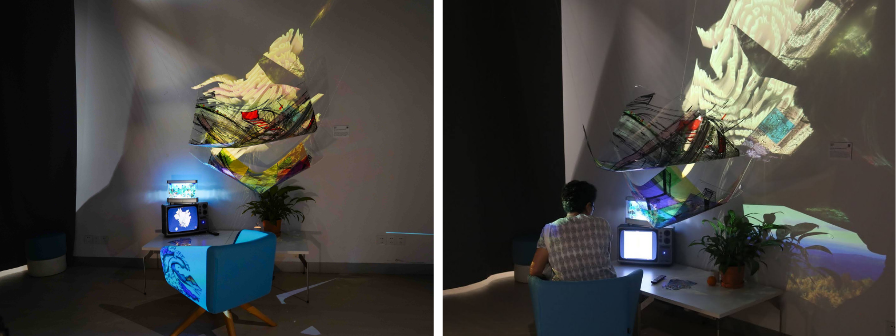
Chucen Chen’s Love as an Everyday Practice is an interactive installation that explores the definition of love and its representation as a daily practice. The artist creates an immersive environment reflecting the complex interplay between intimacy and fear in love by incorporating visual expression, storytelling, and traditional art methods, inviting viewers to engage with and reflect upon their own experiences of love and memory.
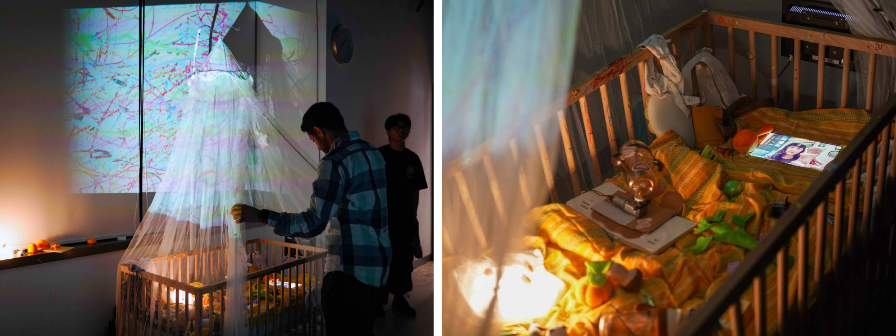
Lisha Yan’s project The Vessel is an immersive video installation capturing the poetic and chaotic intersections of motherhood, art, work, and social media, offering a humorous and critical lens on the complexities of modern life and identity as a mother in the digital age.
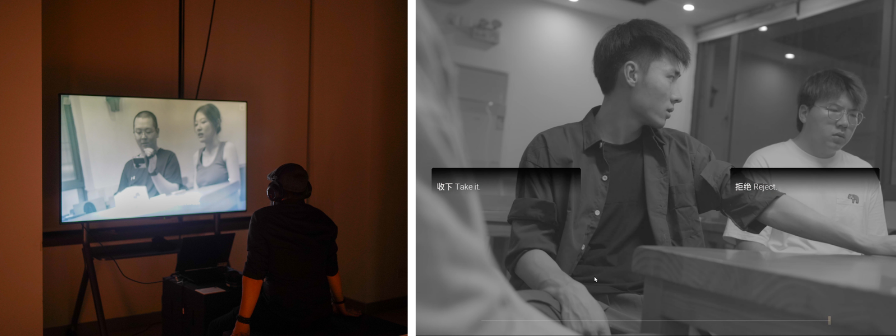
Liyanbing He’s Forgiveness is an interactive narrative film game that narrates the subsequent story of a school bullying event. You decide what you see in the film.
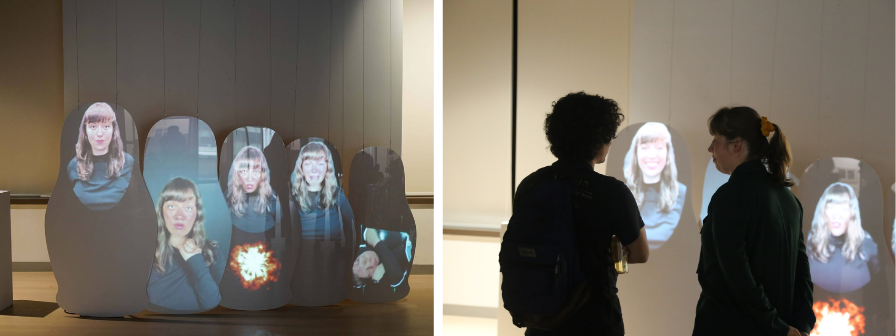
Anastasia Dor’s Face to Meet You! (给个面子) explores the tension between what we show, what others see, and what happens inside us. The artist both pays homage to her Russian heritage and gradually reveals layers of her auto-fictional self through the Matryoshka sculptures. The installation asks the audience to contemplate the toll of projecting a particular image of oneself.
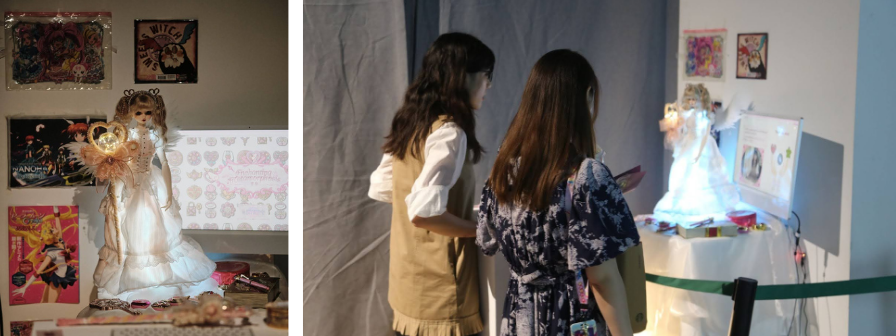
Grace Song’s Enchanting Metamorphosis is an interactive art installation offering the experience of becoming a magical girl through wearable technology and a Ball Jointed Doll. Through digital stories and an interactive game, users get to experience a magical transformation from the virtual into reality.
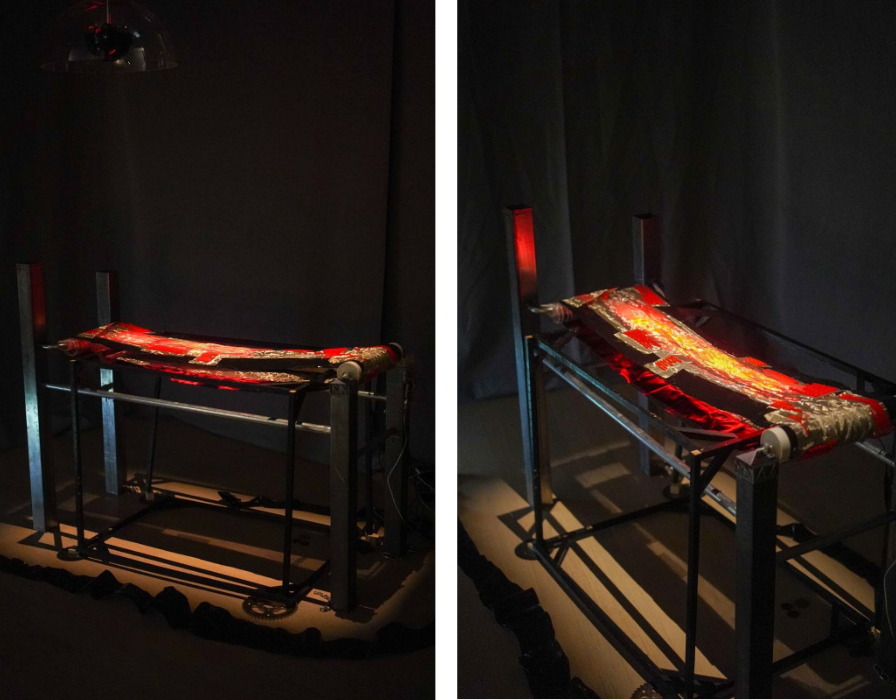
Elisabeth Schifrin’s From: To: Considering the factory conveyor belt as a critical site of human-machine relationships, Dim Factory of Variable Production reconstructs this mass manufacturing machine to reveal different ways of being, both human and synthetic, in an attempt to propose an alternate automated future.
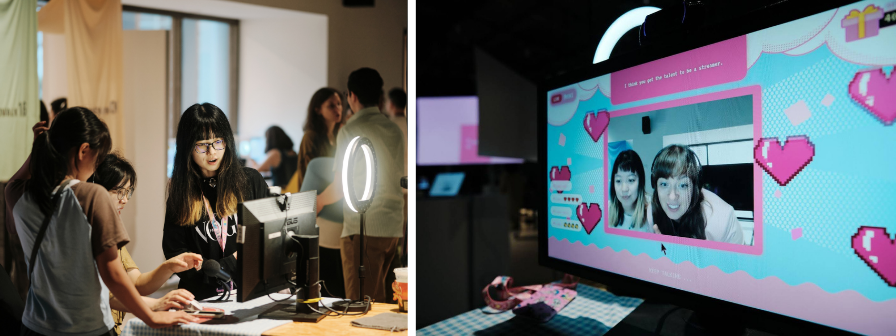
Angel Li’s ON/OFF CAMERA is a live streamer simulation game that reflects on the culture of the live streaming industry.
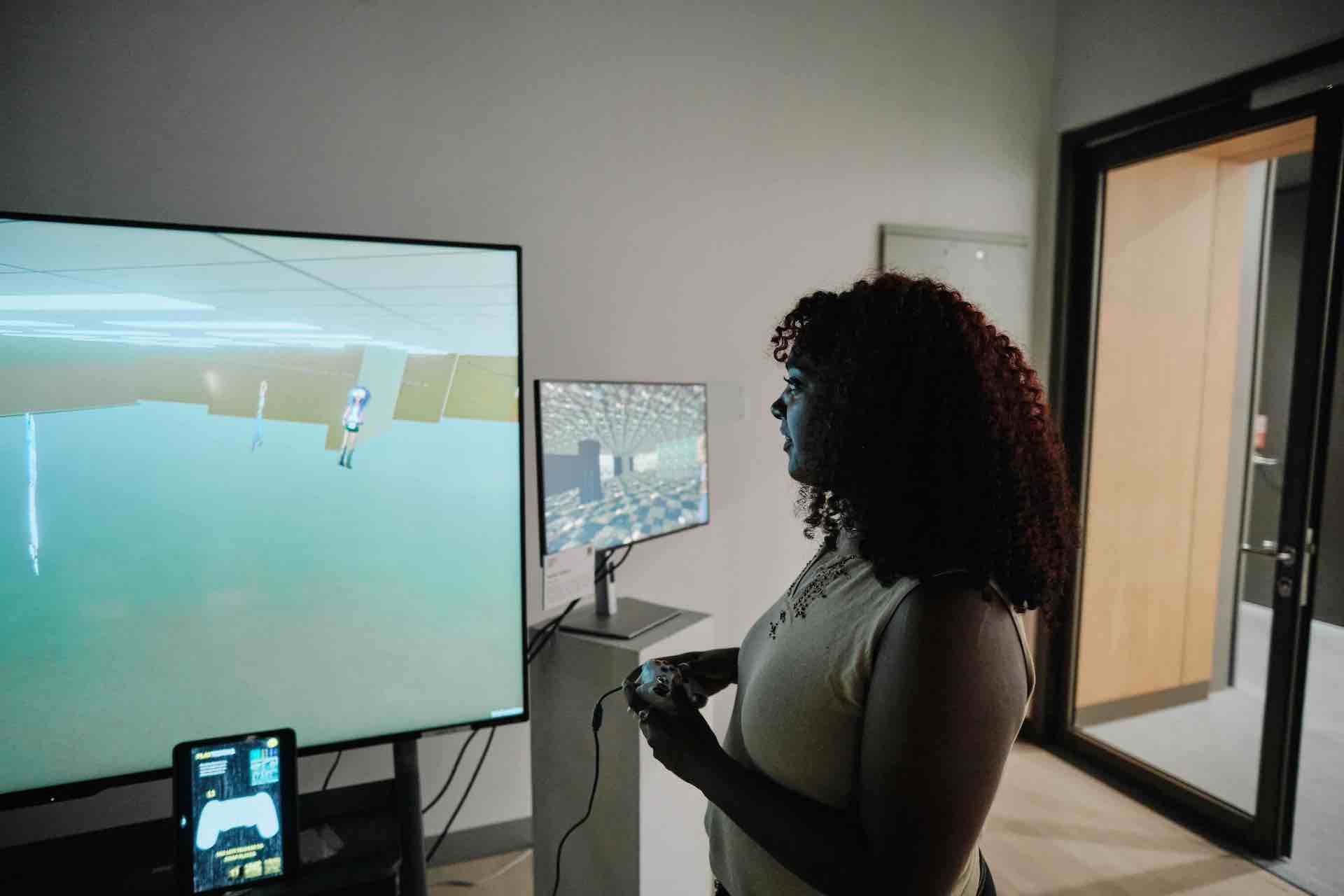
Robi Abera’s Boundary Dynamics is an interactive storytelling experience where two players, a performer and an audience participant, swap between three characters to explore a shared virtual world from their unique perspectives. Players can collaboratively build a narrative, blending elements of machinima, live streaming, and live performance.
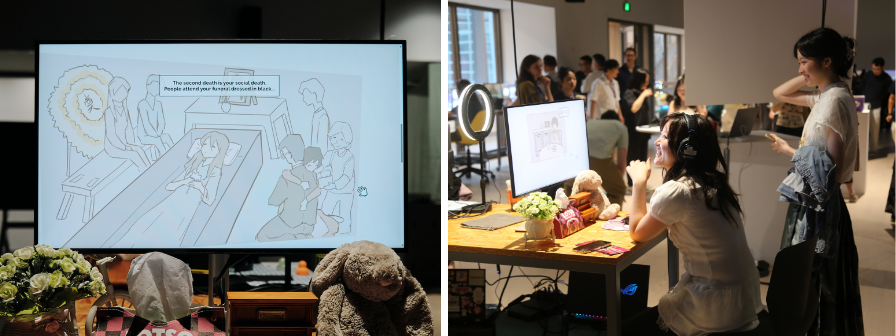
Yvonne Wu’s Reborn is a web-based, visually interactive comic for teens about death education, which is told from the perspective of Lily, a young girl who died of brain cancer at the age of 14. She posthumously tells the story of how her own parents gradually moved on from the grief of losing her, their own daughter, and eventually regained their lives while embracing love and spreading it.
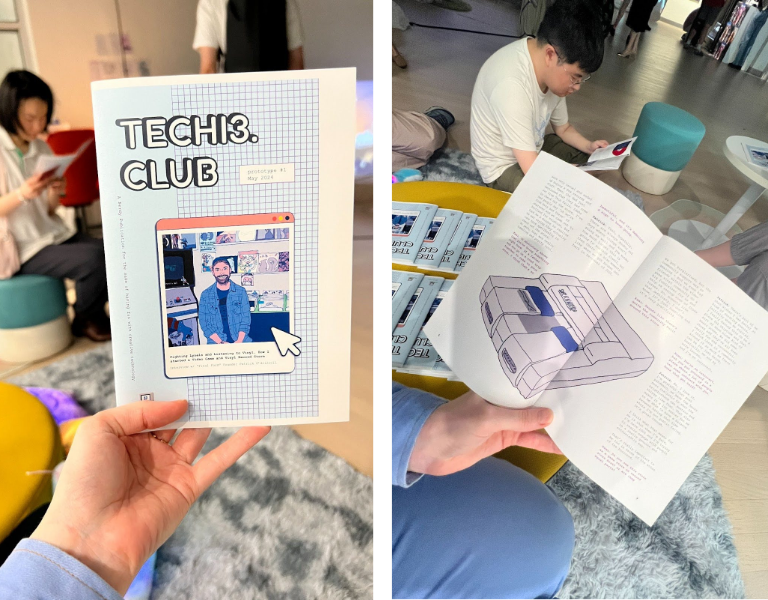
Kami Karras’ Something Old, Something New: Soft, playful, and approachable creative technology education and community exercised through a print publication called techi3.club
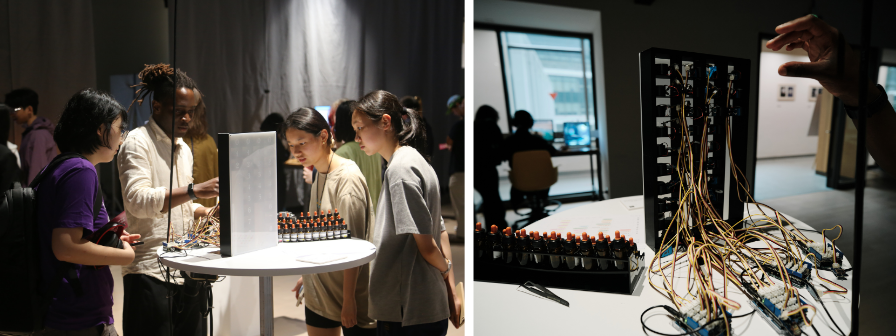
David Nuff’s Perfume Clock is a clock that smells the time. Or you smell the time through it. It...scents the time.
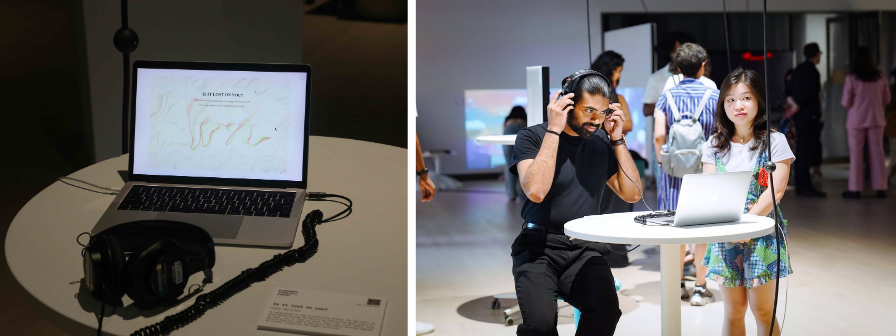
Cate Boillat’s Is it lost on you? is an exploration of how interactivity affects the way music is experienced through the lens of an interactive music video for her song, “Is it lost on you?” Users can click and/or drag objects that are tied to and alter the audio, working together to further illustrate the song’s narrative.
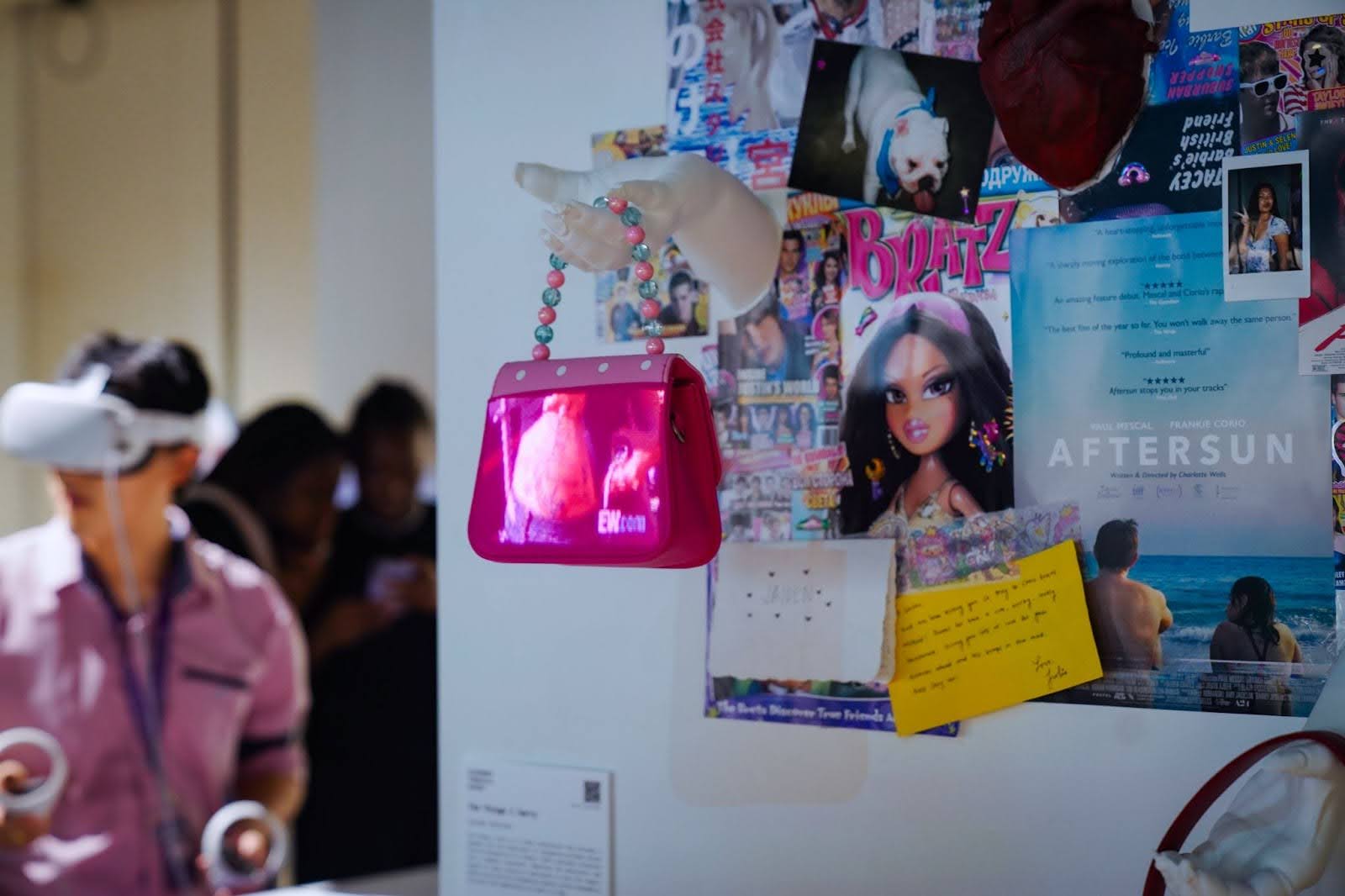
Jaiden McCran’s The Things I Carry is a video installation that provides a glimpse into the experiences of navigating girlhood online from the perspective of a fangirl. Both a personal reflection and a communal expression, depicting the physicality and weight of these collective experiences of both the fangirl media culture and the contemporary digital culture consumed at the given time symbolically as items in a bag.
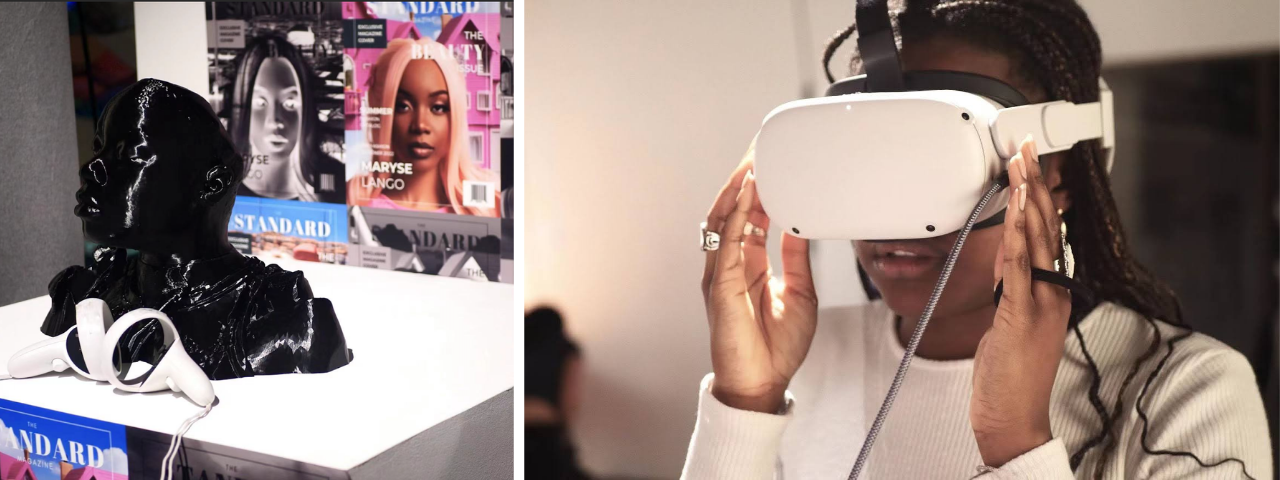
Maryse Lango’s The Dark Child is a VR experience that brings to life a poem about embracing racial and cultural identity, emphasizing the power of self-acceptance and spirituality. It features a 3D printed bust of the artist alongside AI-generated images of her face altered to fit European beauty standards, highlighting the tension between societal expectations and personal identity.
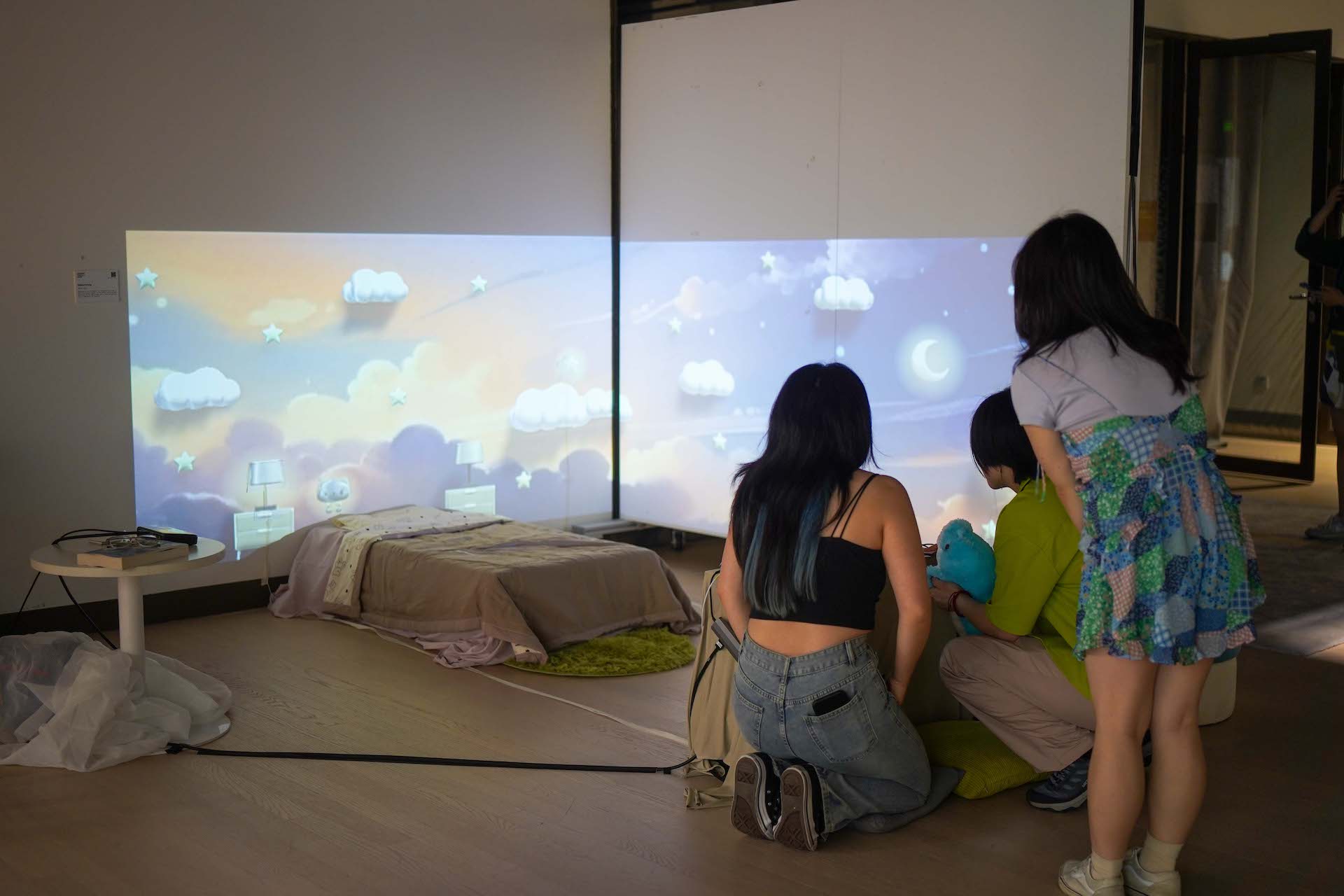
Amber Chen’s Redecorating is a reframing of the artists’ childhood/current room, a space that became stagnant for her through having so many experiences in the same setting, into a newly personalized space of imagination and immersion.
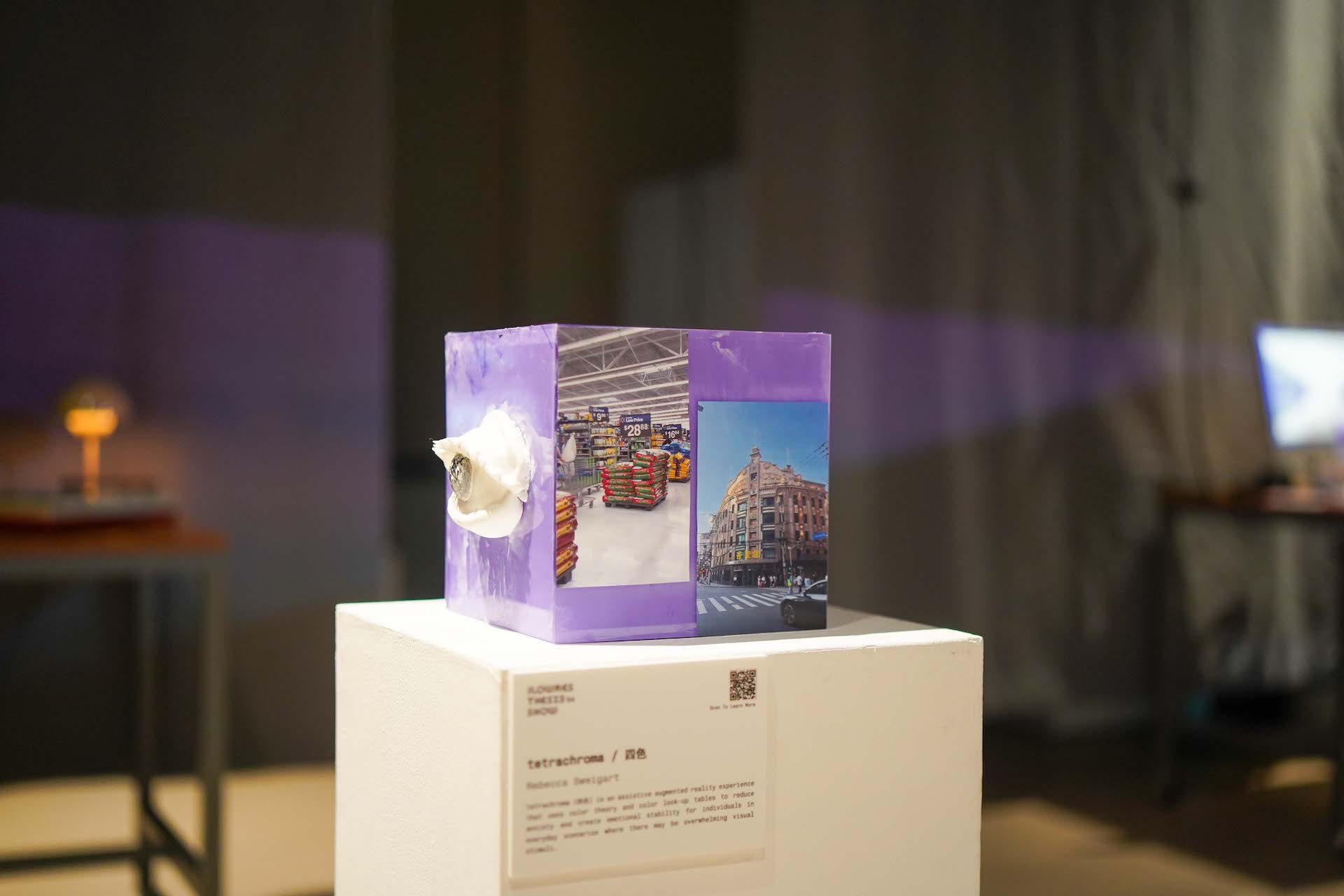
Rebecca Sweigart’s tetrachroma (四色) is an assistive augmented reality experience that uses color theory and color look-up tables to reduce anxiety and create emotional stability for individuals in everyday scenarios where there may be overwhelmed by visual stimuli.
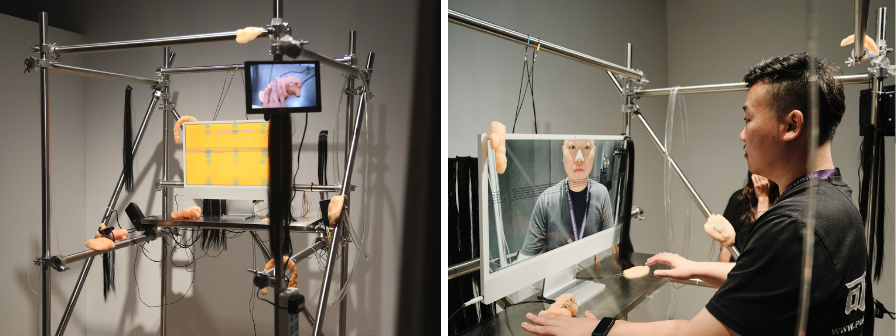
Michelle Lee’s (in)tangible being is an installation about self-conception, exploring the lines between physical and digital which has been blurred by our mundane encounters with digital devices.
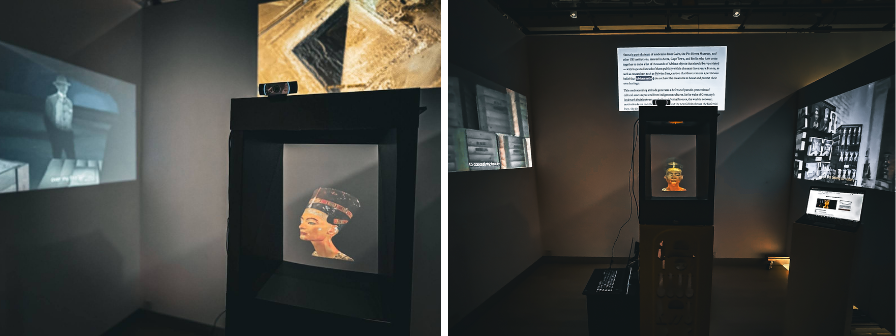
Maram Magdi Mohamed’s Empower Her Return is a spatial experience prompting reflection on the repatriation of artifacts, focusing on the Ancient Egyptian artifact Nefertiti. It leverages an empty display room to convey the concept of repatriation, evoking empathy and critiquing museum practices by highlighting hidden colonialism.
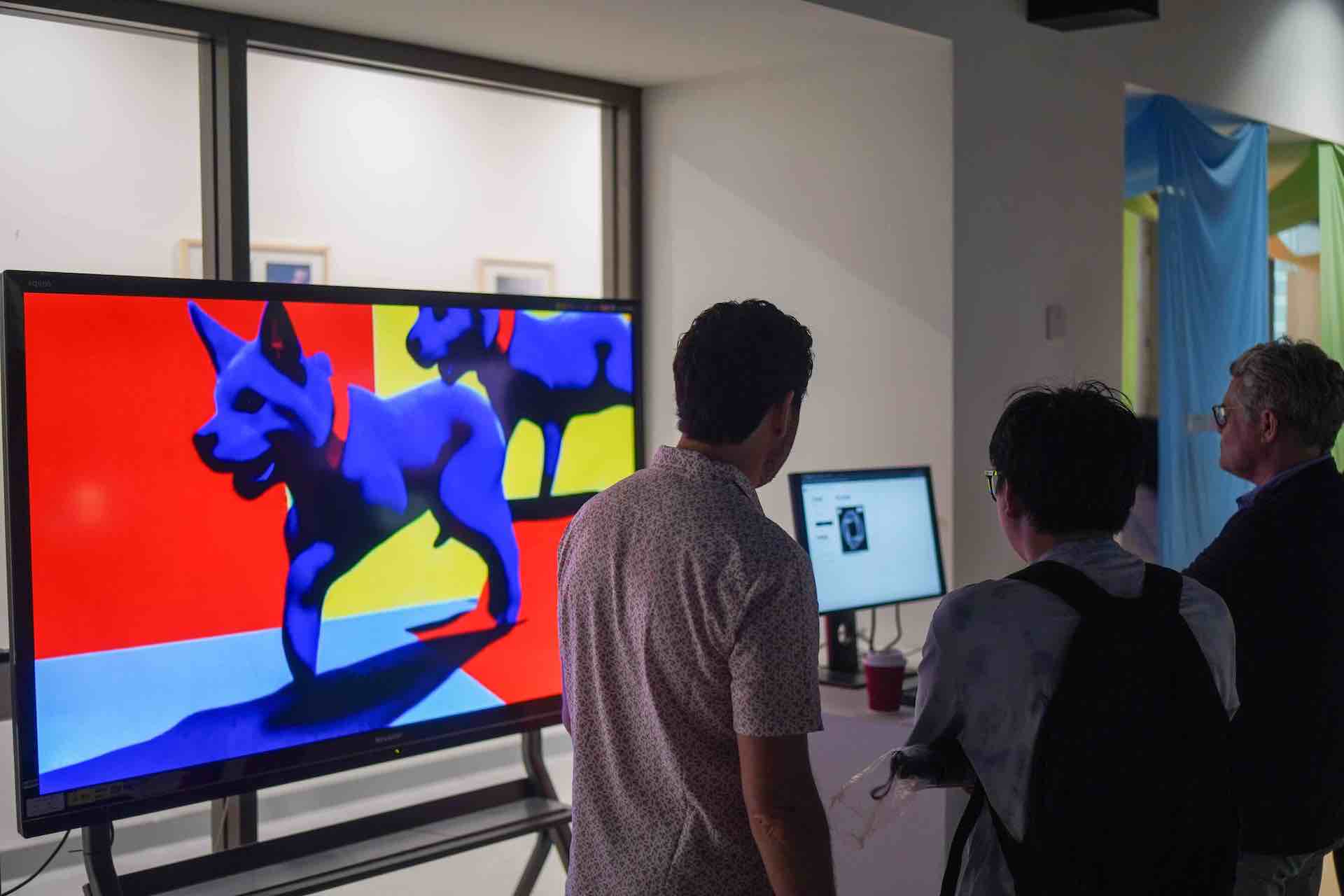
Jonny Sabbath’s Living Vision is an AI tool exploring the future of how brands come to life. The tool features image generation, storyboarding, and animation capabilities. With custom brand models, the tool develops content trained on a given brand’s visual identity, rather than generic mass-market AI imagery.
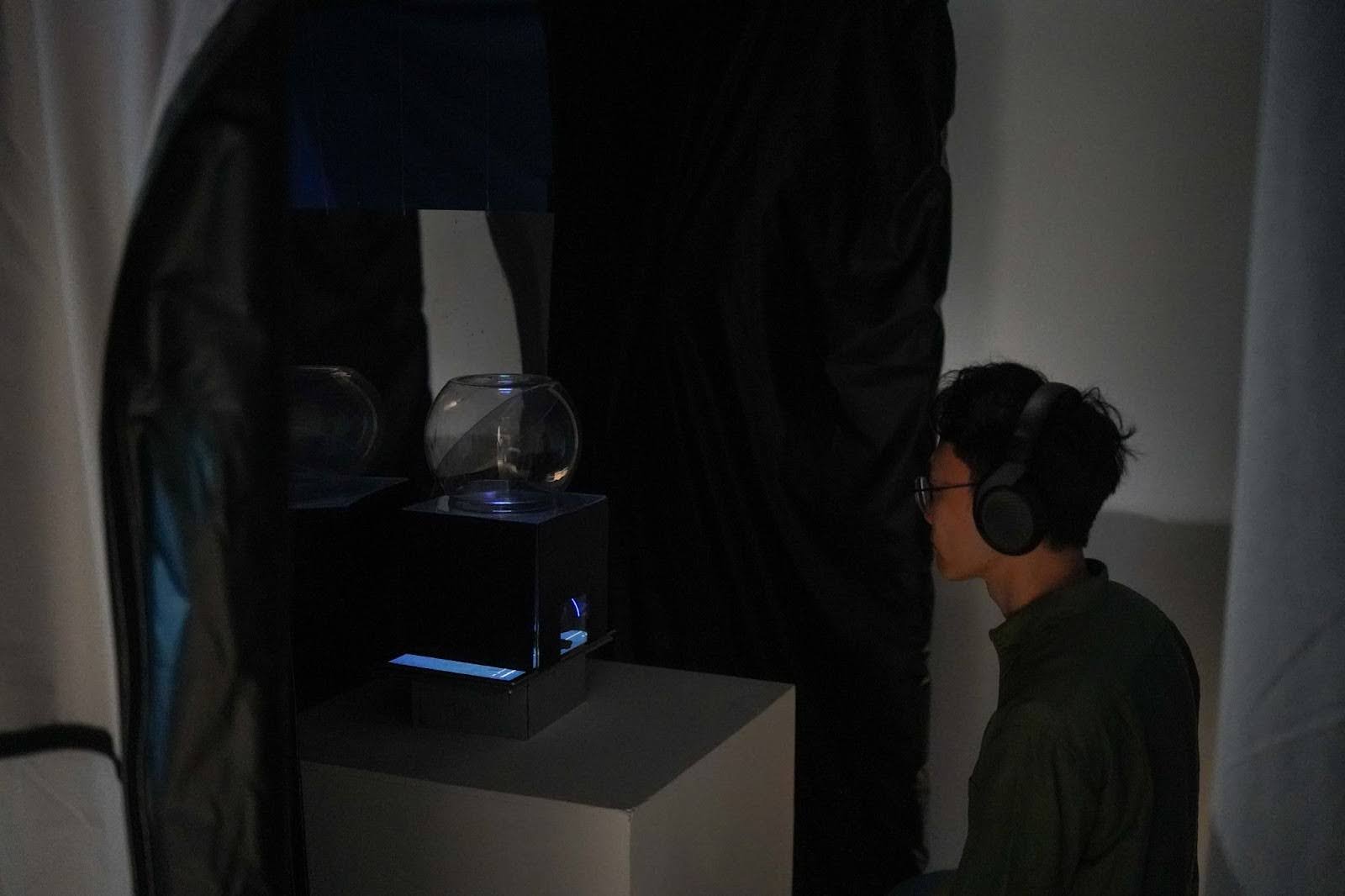
Ian Hawkins’s Prophylactic Distraction is a meditation experience that distracts you, so you don’t have to distract yourself. Freeing you from the self judgment that can come from losing focus, the piece aims to help you better focus on the core of the meditation experience. Refocusing.
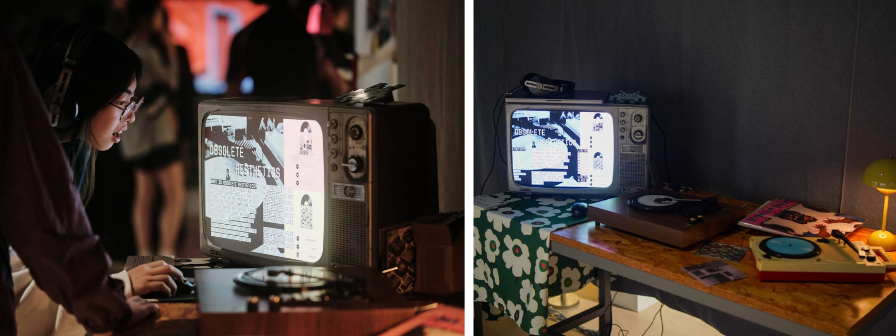
Ryan Cady’s Obsolete Aesthetics is about the process and the importance of your own limitations, personal experiences, and the value created from your mistakes. To contrast this, the artists reverse engineered the soundscapes he made through idiosyncratic processes with obsolete tools, using prompt based AI tools, with unintended results.
Photo Credits:
Phil Guo, Haozhe Li, Jimmy Pan, Rona Xia
IMA Low Res is a unique one-year graduate school experience in creative and purposeful application of technology that offers three site-specific sessions across New York University’s global network in New York, Berlin, and Shanghai, interspersed by two semesters of online learning.